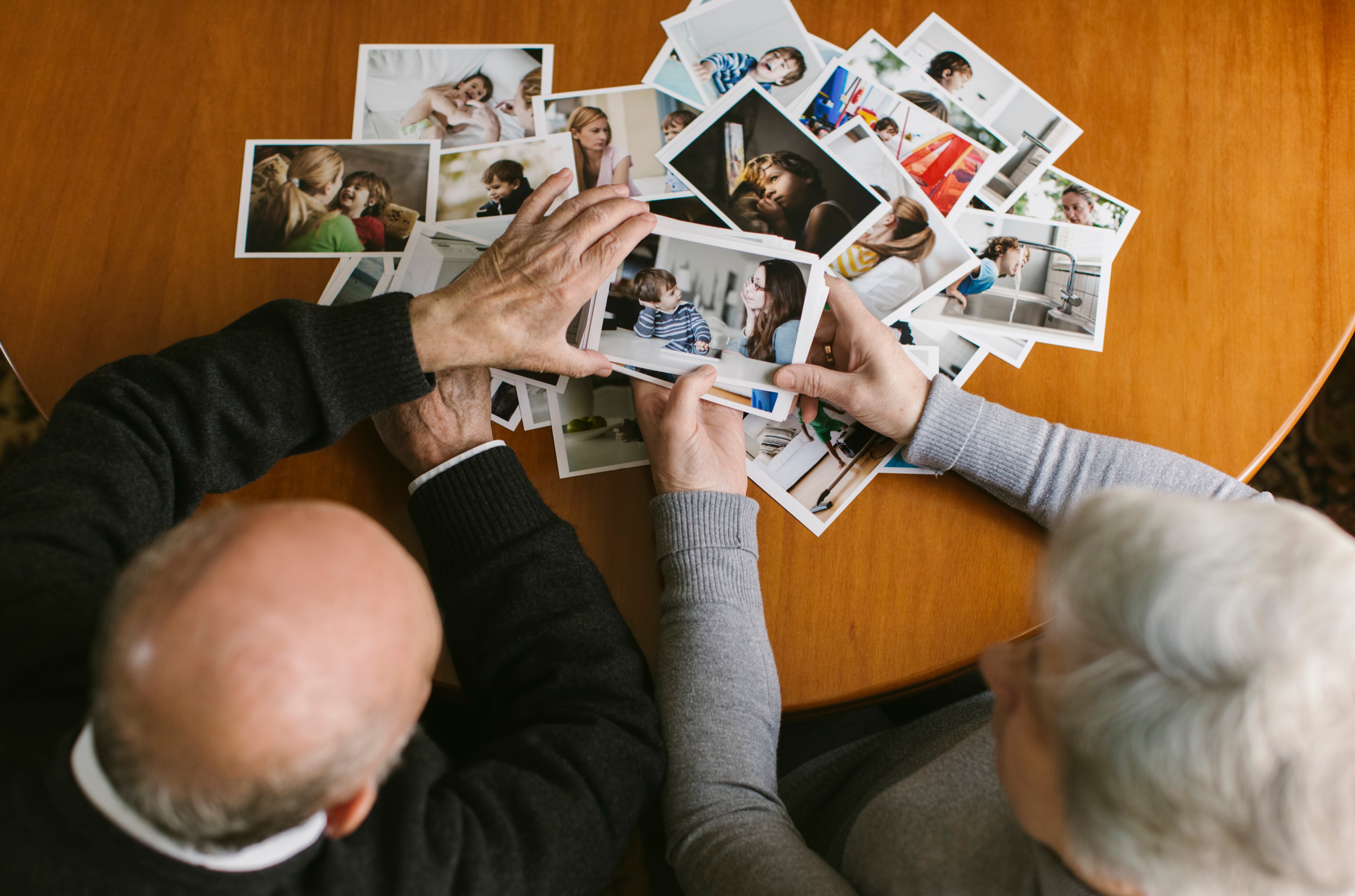If you remember the world being a lot brighter in your youth, not only are you not alone, but there might be a scientific reason why.
Recently, Dr. Karan Raj, a doctor who’s known for debunking medical myths and sharing knowledge on TikTok, created a video about the topic.
The doctor stitched a video from TikTok user Jordan Usher, who showed the digitally enhanced hues of an artificially colourful world with the caption “I swear this is what life looked like as a kid.” “If you feel like the world has gone from 4k to 1080p, you may be onto something,” the doctor began his part of the video.
Here’s why things really have gotten more drab as you’ve aged:
One reason is that our eyes simply age
It turns out that when we get older, the once-clear lenses of our eyes naturally become yellower. The change comes because the lens absorbs UV light in order to protect our retinas ― leading them to become tinted over time.
“This increasing yellowness dulls the vibrancy of colour perception,” Dr. Raj explains. It’s sort of like viewing life through a built-in sepia filter.
On top of that, “the number and sensitivity of colour-detecting cone cells decrease [over time],” the doctor adds. This means that our perception of colour contrast is impacted.
And actually, the world might have gotten less colourful, too
Yes, our deteriorating peepers might be partly to blame for the colour crisis we face as we age. But Dr. Raj points out that, according to a colour analysis study run by the Science Museum Group, the world has actually gotten less colourful over time (what?!).
The doctor then says, “Take cars, for example.” If we compare today’s vehicles to the more colourful options available in, say, the ’80s, the modern world seems pretty chromatically challenged.
After all, “Greyscale now makes up the vast majority of cars,” the doctor points out.
The same goes for interior design, which tended towards the vibrant in, say, the ’70s, but which may now lean more neutral. Dr. Raj also suggests that the increased use of stainless steel and plastic instead of wood could further drain our environment of colour.
“Biology explains some of it, but maybe our world is just more boring now,” the doctor adds.
Here’s the video:
@dr.karanr A world less colourful @Jordan Usher






